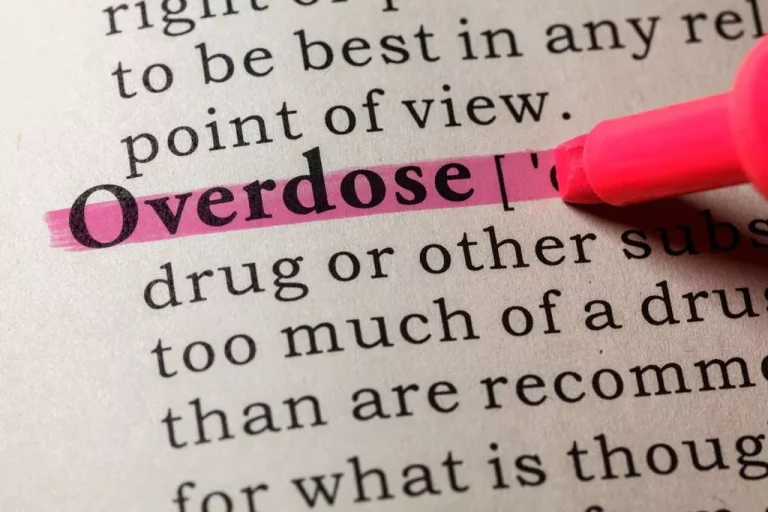
Even if you are not sentenced to any jail time for your DUI conviction, you will probably be given a probation sentence, the terms of which are determined by the sentencing judge. In today’s courts, if you deny the charges, plead not guilty, and try to fight the case, chances are you (and everyone else in the courtroom) will see a video of you failing field sobriety tests. This footage can be taken from the officer’s dashboard camera or from the jail where you were processed. The models were adjusted for sociodemographic factors including sex, age, race/ethnicity, employment status, marital status, educational attainment, annual household income, and urbanicity of residence. Odds ratios and 95% confidence intervals in bold are statistically significant at .05.

Drunk Driving
Two of every three people will be impacted by a drunk driving crash at some point in their lifetime. Clear vision is essential for drivers, but excessive alcohol consumption can impair visual acuity. Drinking can cause blurred vision and, in some cases, uncontrolled eye movements. Vision impairment affects the ability to judge distances between vehicles on the road. Alcohol abuse can lead to a loss of peripheral vision, which is crucial for safe driving. The greater the alcohol consumption, the more likely it is for vision to be impaired.
The effect of alcohol consumption on risk-taking while driving
This underscores the need for alcohol policies and public awareness campaigns targeting young adult males. Moreover, further research is needed to elucidate the potential differences in the populations who reported driving under any influence of alcohol and who were involved in fatal crashes. It is not known how many people are killed each year in crashes involving drug-impaired drivers because of data limitations.9 Regardless, driving while impaired by any substance is dangerous and illegal. The impaired judgment caused by alcohol consumption makes drivers more susceptible to distractions while operating a vehicle. For example, they may be tempted to use their phone or send a text instead of keeping their eyes on the road. Even a small amount of alcohol can impact one’s concentration and judgment.
Save lives: a road safety technical package
Alcohol-related traffic deaths are more likely to occur at lower BACs among 16- to 20-year-olds, compared with other age groups. A majority of alcohol-related traffic deaths among 16- to 20-year-olds occur at below 0.15 percent BAC (i.e., referring to the highest BAC of a driver or pedestrian involved in the crash). Overall, however, a majority of traffic deaths occur at above 0.15 percent BAC (NHTSA https://ecosoberhouse.com/ 2003a). In 2022, 32% of all traffic fatalities involved an alcohol-impaired driver. A BAC of .08 or higher is considered drunk driving in all 50 states, the District of Columbia and Puerto Rico, except in Utah where the BAC limit is .05. According to the US Department of Transportation, nearly 4 million American adults committed an estimated 112 million drunk-driving incidents in 2010 alone.
Age of Drinking Onset and Alcohol-Related Crash Involvement
- Driving with a blood alcohol concentration (BAC) equal to or over 0.08 g of alcohol per deciliter of blood (0.08 g/dL or 0.08%) is illegal in most states in the United States, except the state of Utah, where the limit is 0.05% (NHTSA, 2019).
- Drivers in fatal crashes who had positive BACs were more likely than other drivers in fatal crashes to have had their driver’s license suspended.
- According to the US Department of Transportation, nearly 4 million American adults committed an estimated 112 million drunk-driving incidents in 2010 alone.
- These brain changes contribute to the compulsive nature of addiction, making it difficult to abstain from alcohol.
- Alcohol may impair drivers’ perceptual, cognitive, and motor functioning, which are essential elements of the human information processing model (Proctor & Van Zandt, 2018; Wickens et al., 2021).
Of those motorcycle riders, 1,705 (29%) were drunk (BAC of .08 g/dL or higher). In 2022, the highest percentage of drunk drivers (with BACs of .08 g/dL or higher) were the 21-to 24-year-old age group. Men are most likely to be involved in this type of crash, with four male drunk drivers for every female drunk driver. In every state, it’s illegal to drive drunk, yet one person was killed in a drunk-driving crash every 39 minutes in the United States in 2022.

At a BAC of .08 grams of alcohol per deciliter (g/dL) of blood, crash risk increases exponentially. Because of this risk, it’s illegal in all 50 states, the District of Columbia and Puerto Rico to drive with a BAC of .08 or higher, except in Utah where the BAC limit is .05. Now that you have learned about the consequences of drunk driving accidents, you may be interested to learn more about other safe driving topics like essential skills for teen drivers, car safety features or what to do if your car catches fire. These individuals tend to drink more, socialize with people who drink a lot, and develop a tolerance to alcohol (i.e., it takes more and more alcohol to feel or act intoxicated). Someone who misuses alcohol, especially over the long term, can experience permanent liver, heart, or brain damage. And all people who drink, regardless of the amount, need to be aware that critical decision-making abilities and driving-related skills are already diminished long before a person shows physical signs of intoxication.
People often think they are “fine” after several drinks – but in fact, the failure to recognize alcohol impairment is often a symptom of impairment. Often, individuals charged with a DUI are also required to install an ignition interlock device at their own expense. This device requires drivers to blow into the interlock and register a BAC below .02% to start the car. Once your BAC is at .05%, you’ll have a slower response to emergency situations behind the wheel. If a car in front of you suddenly stops, for example, you may not hit the brakes in time if you’re impaired. By Lindsay CurtisCurtis is a writer with over 20 years of experience focused on mental health, sexual health, cancer care, and spinal health.


The smallest proportional decline was observed among 46- to 64-year-olds, where only a 1-percent reduction occurred. Although total alcohol-related traffic fatalities have decreased, the degree of decline consequences of drinking and driving varies when BAC is considered. The numbers of traffic deaths involving people with BACs up to 0.08 percent had the smallest proportional decline (19 percent) from 1982 to 2002 (see figure 2).
Effects of alcohol on automated and controlled driving performances

Fatally injured drivers with BACs of 0.15 percent or higher, relative to zero-BAC drivers, were much more likely to have been classified by informants as “problem drinkers” (31 percent vs. 1 percent). Finally, fatally injured drivers with BACs of 0.15 percent or higher were much more likely than those with no BAC to be driving from bars (26 percent vs. 0 percent) or from restaurants or other people’s homes (34 percent vs. 22 percent). Forty-nine States have laws requiring front seat motor vehicle occupants to wear safety belts.